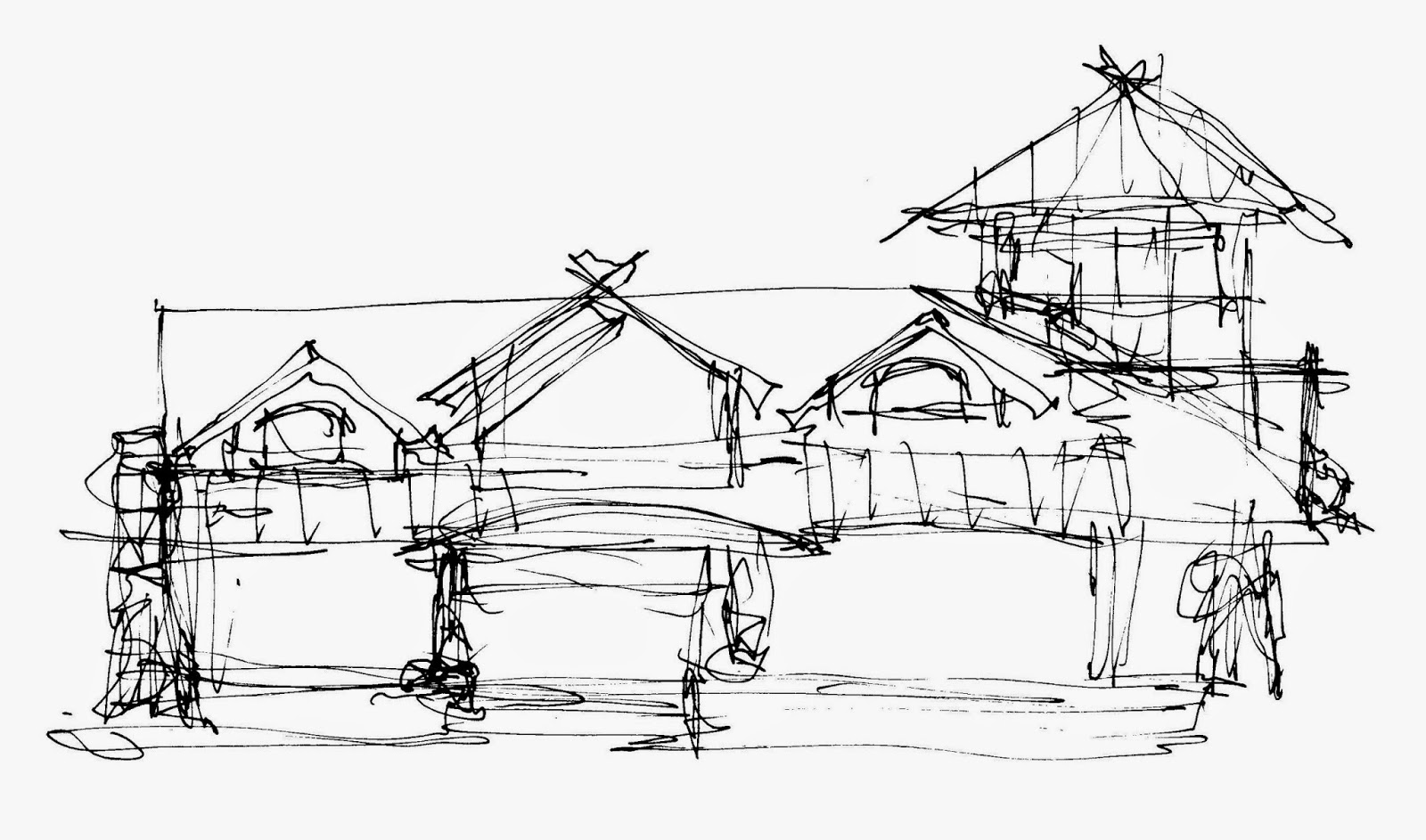1. Contact Local Builders
Meet with builders who construct houses that are similar in size,
quality, and features to the home you want. Builders will tell you how
much per square foot they usually charge for home construction. They can
also give you a ballpark idea of what your dream home might cost.
However, it is important to know exactly what is included in the price.
If you ask, some builders will provide you a list showing the materials
they will use.
2. Count the Square Metre
Look at newly constructed homes that are similar in size, style,
quality, and features to the home you want. Take the price of the home,
deduct the price of the land, and divide that amount by the square
footage of the home.
For example, if the home is selling for $230,000 and the land costs
$30,000, then the construction cost is around $200,000. If the home is 200 square metre, then the cost per square metre is $100.
Use several new homes in your area to get an approximate square metre price. After you have calculated an average square metre cost,
you can multiply that cost by the finished square metre of your house
plan to get a rough estimate.
3. Expect Some Features to Cost More
The most expensive areas in a home are usually the bathrooms and the
kitchen. The number of windows and the size and quality of windows can
also affect the cost. Vaulted ceilings and high roof pitches can
increase the cost of a home. When using other homes to calculate an
estimate, be sure the home has a similar style and features of the home
you plan to build.
The cost per square metre is often higher for a small home than that
of a larger home. When building a larger home, the cost of expensive
items (such as a furnace or kitchen) is spread over more square metre. Consequently, a larger home may have a lower square metre cost than a
smaller home. Also, it usually costs less to build a two-story home
when compared to a one-story home that has the same square metre. This
is because a two-story home will have a smaller roof and foundation.
Plumbing and ventilation are more compact in two-story homes.
Small details in the design of your home can make a big difference in
the price. To save on costs, begin estimating construction expenses
before you select your final blueprints. Here are important factors to
consider:
-
Size of Home
When building a home, it's best to work with even numbers.
-
Architecture of Home
Homes that have a rectangular or box shape cost less to build. Having
more angles and corners in the architectural design of your home can
increase the amount of labor and materials needed to build. Dome shaped
homes often make efficient use of materials and tend to cost less than
other shapes.
-
Site Preparation
Preparing a site for construction can have a big impact on the cost of a
home. Building on a flat lot will usually cost less. If you have to
haul in lots of dirt, do a lot of grading, clear trees, or blast through
large rocks, then site preparations can become more expensive.
-
Cost Overruns
Usually the finished cost of a home is more then the original bid
price. Cost overruns occur from overspending the allowances, making
changes, and encountering unforeseen problems. Proper planning can
greatly reduce cost overruns. In general, it is a good idea to allow an
additional 10% to cover unexpected costs.
-
Inflation and Market Conditions
Usually the cost of building a home increases around 3% to 6% per year.
If it will be several years before you begin construction, remember to
include inflation into the cost estimate for your home. When using other
homes to compare prices, try to use homes that have been built within
the last six months.


